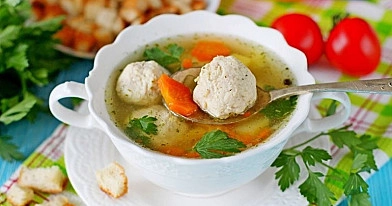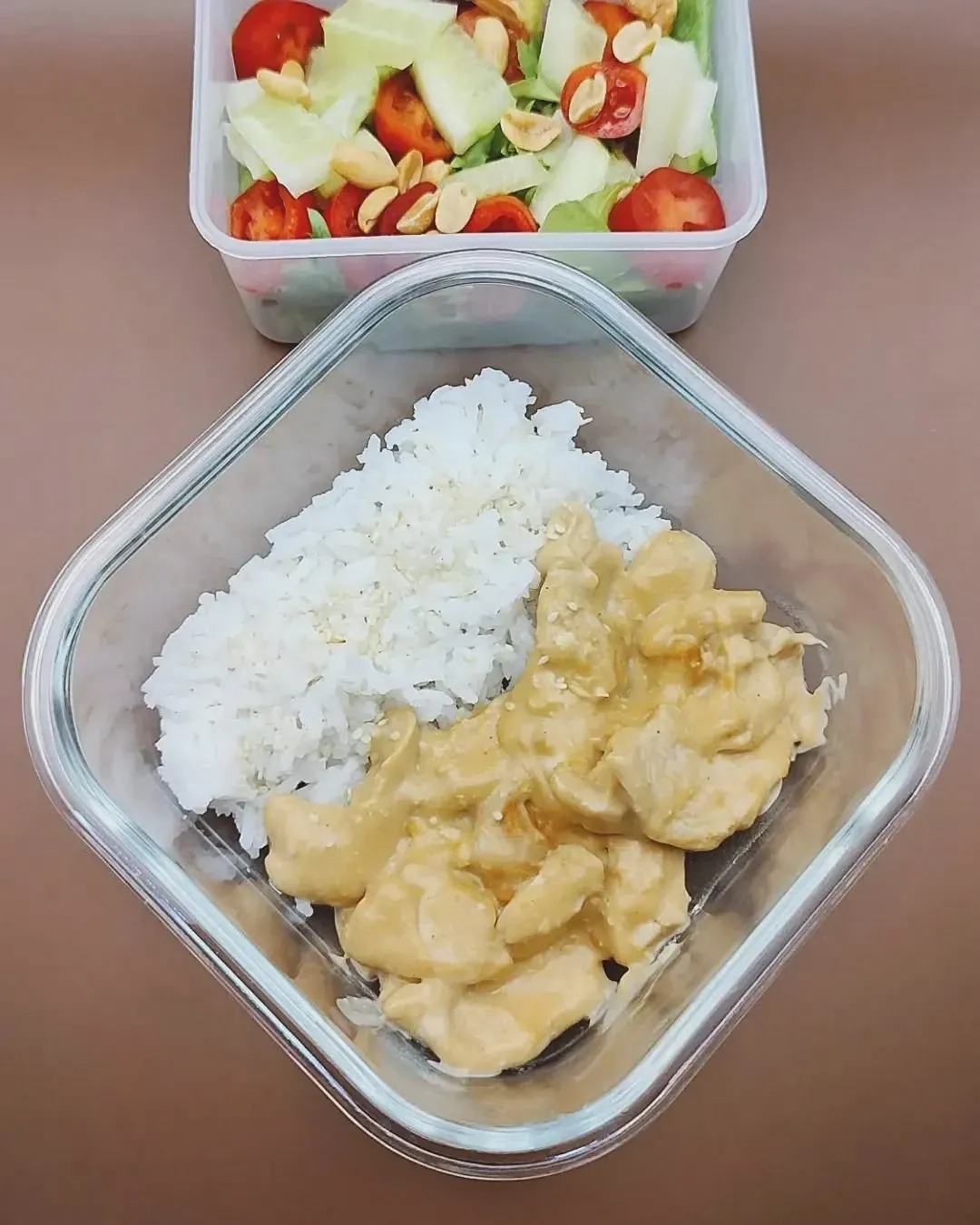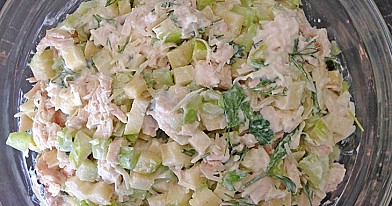
Chicken a la creme by Jamie Oliver

This Chicken à la Crème is a classic French dish (according to Jamie Oliver's recipe), rich and comforting, combining tender chicken breasts with a luscious cream sauce infused with mushrooms, white wine, shallots (or onion), and aromatic garlic. Originating from Burgundy, this recipe has evolved in many households, but what remains constant is its elegance despite its rustic roots. The creamy texture, deep wine flavour, and the subtle earthy tones of mushrooms make it a well-loved family favourite. I have tested this recipe many times in my kitchen, tweaking the cooking times and the balance of liquids until the sauce is just right—thick enough to cling to the chicken, but not so heavy that it feels overpowering.
My grandmother handed down a version of this dish, and I remember helping her stir the sauce, taste after taste, adjusting seasoning—so I know that every element matters. I want you to get that warm, rich sauce, balanced acidity from the wine, creamy dairy, and beautifully cooked chicken in every bite.
Possible ingredient alternatives
Advertisement
- Chicken breasts: you could use boneless skinless chicken thighs instead if you prefer more flavour and slightly fattier meat.
- Butter: replace with olive oil or a mix of butter and olive oil for a lighter fat profile.
- Crème fraîche: you might substitute sour cream or Greek yogurt (full-fat) if crème fraîche is unavailable.
- Heavy cream / thick cream: alternative could be light cream + a little flour or cornstarch to thicken, or use plant-based cream alternatives for dairy-free version (e.g. coconut cream).
- White wine: dry white wine works best, but you could use dry apple cider, white grape juice (with a splash of vinegar for acidity), or chicken broth with lemon juice.
- Mushrooms: button mushrooms are typical, but you could use cremini, portobello, or a wild mushroom mix for more depth.
Cooking tips for the dish
- Always pat dry the chicken before searing; moisture causes steaming rather than browning.
- Don’t crowd the pan: sear the chicken in batches if needed so you get a golden crust.
- Deglaze properly: after removing chicken, use wine (or substitute) to scrape up all flavour bits from bottom of pan—they add huge depth to the sauce.
- Use medium heat after adding cream and stock: high heat will curdle dairy or reduce sauce too fast.
- Taste and adjust seasoning near the end: cream and crème fraîche mellow flavours, you may need more salt, pepper, or acid (lemon juice).
- If sauce becomes too thick, thin with a little extra stock or milk; if too thin, let it simmer gently to reduce, or thicken with a slurry of flour or cornstarch and water.
Ingredients
- Chicken breasts: 6 (approximately 1.2-1.5 kg / 2.6-3.3 lbs)
- White onion (or shallot): 1 medium, peeled and quartered (or finely chopped if using shallot)
- Mushrooms: 10 medium (≈ 250-300 g / 9-11 oz), cleaned and sliced or quartered depending on size
- Butter: 100 g (≈ 3.5 oz) (alternatively olive oil or a mix)
- Crème fraîche: 1 litre (≈ 34 fl oz) (or sour cream / full-fat Greek yogurt)
- Garlic cloves: 2, peeled and crushed (or minced)
- Plain flour (all-purpose flour): 2 cups (≈ 240 g / 8 oz) (you might use gluten-free flour if needed)
- Dry white wine: 200 ml (≈ 6.8 fl oz) (alternatively white grape juice + lemon or apple cider)
- Chicken stock (or broth): 200 ml (≈ 6.8 fl oz)
- Heavy cream (thick cream): 200 g (≈ 7 fl oz) (or any thick dairy cream substitute)
- Salt: to taste
- Black pepper: freshly ground, to taste
- 1. I started by preparing the chicken: I patted the chicken breasts dry, then seasoned both sides with salt and pepper.
- 2. I heated a large skillet over medium-high heat and melted the butter (or butter + oil if using). Then I seared the chicken breasts, skin-side down if skin-on, letting them brown for about 7-8 minutes on each side until golden.
- 3. Once browned, I removed the chicken and set it aside. In the same pan I added the onions (or shallots), mushrooms, and garlic. I stirred them together, letting the mushrooms release their moisture and the onion soften gently.
- 4. Then I sprinkled the flour over the vegetables and stirred thoroughly to coat everything, cooking it off for a minute to avoid a raw flour taste.
- 5. Next I poured in the dry white wine, stirring and scraping up the fond (browned bits) from the pan’s bottom, letting the wine reduce slightly until sticky.
- 6. I returned the chicken to the pan, then added the chicken stock and heavy cream. I maintained medium heat while stirring, allowing the sauce to begin thickening for about 3-4 minutes.
- 7. After that, I gently folded in the crème fraîche. I let it simmer, uncovered, for another 15-20 minutes, adjusting the heat so the sauce thickened fully and chicken cooked through (internal temperature about 75°C / 165°F).
- 8. I checked seasoning, adding more salt or pepper if needed. If I felt the sauce was too rich, I added a squeeze of lemon juice to brighten the flavours.
- 9. Chef’s advice: To elevate this dish further, I recommend letting the chicken rest under foil for 5 minutes after cooking before slicing. That keeps juices locked in. If you want more dimension, consider finishing the sauce with fresh herbs like thyme or parsley. For a crusty top, some people sprinkle a little grated Gruyère or Parmesan and briefly place under the broiler—though this is non-traditional. This recipe has been tested in my kitchen many times and also comes from a family heritage recipe passed down for generations, so I speak from experience when I say these details matter.
Recipe Directions
FAQ
How can I make Chicken à la Crème gluten-free?
To prepare this recipe without gluten, substitute the all-purpose flour used for thickening with a certified gluten-free flour blend or cornstarch. Cornstarch works particularly well because it thickens the sauce without altering flavor. From my experience, whisking cornstarch with a little cold chicken stock before adding it to the pan prevents clumping and ensures a smooth, creamy consistency. This adaptation keeps the sauce velvety while remaining safe for those with gluten sensitivity or celiac disease.
Can Chicken à la Crème be made lactose-free?
Yes, it can. Replace dairy butter with lactose-free butter or olive oil, and use lactose-free cream or a high-quality plant-based cream such as oat or soy cream. Crème fraîche can be swapped with a lactose-free sour cream. I tested this variation with oat cream, and the texture remained rich and smooth, although slightly lighter. The key is to avoid over-reducing plant-based creams since they may separate under high heat. Simmer gently and adjust seasoning to balance flavors.
What is the best way to store Chicken à la Crème?
After cooking, allow the dish to cool to room temperature before transferring it into an airtight container. Store it in the refrigerator for up to 3 days. In my experience, storing the chicken submerged in the sauce helps preserve moisture and flavor. If you keep the chicken separate from the sauce, the meat may dry out faster. Always reheat gently to maintain the creamy texture and avoid curdling the dairy.
Can Chicken à la Crème be frozen and reheated successfully?
While freezing is possible, the cream-based sauce may separate once thawed. If you do freeze, store in a freezer-safe container for up to 2 months. For the best results, reheat slowly over low heat, whisking continuously to bring the sauce back together. I often add a splash of fresh cream or stock during reheating to restore smoothness. Freezing works better if you slightly undercook the chicken first, then finish cooking it gently when reheating to prevent dryness.
What common mistakes should I avoid when making Chicken à la Crème?
The most frequent mistakes are overcrowding the pan, which prevents proper browning, and boiling the cream sauce too vigorously, which can cause curdling. Another issue is under-seasoning: cream softens flavors, so tasting and adjusting seasoning at the end is essential. Based on years of making this dish, I recommend searing chicken in batches for even color, adding cream on medium heat only, and finishing with a squeeze of lemon juice if the sauce feels too heavy. These details ensure a silky, balanced sauce every time.
How do I adjust the sauce if it becomes too thick or too thin?
If the sauce is too thick, gradually whisk in extra chicken stock, milk, or cream until the desired consistency is reached. If too thin, let it simmer gently uncovered to reduce, or stir in a cornstarch slurry (1 teaspoon cornstarch mixed with 2 teaspoons cold water). From my testing, reducing over low to medium heat concentrates flavors better than adding more thickener. This way, you maintain balance between creaminess and flavor intensity.









